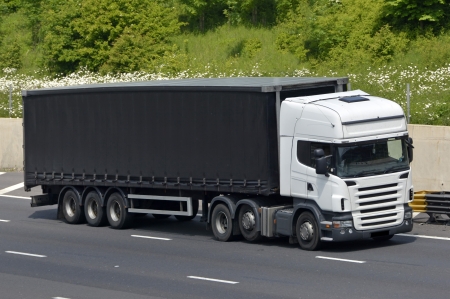The Department for Transport (DfT) announced that these “platooning trials” will have up to three heavy goods vehicles (HGVs) travelling in convoy. The lead vehicle will control the acceleration and the braking of the entire group. As is typical of autonomous vehicle trials, there will be a human driver ready to take control if necessary.
The trial will be carried out by the Transport Research Laboratory after funding was granted by the DfT and Highways England. The first of three phases of testing will focus on the potential for platooning on England’s roads, to gain information relating to details such as the ideal distance between vehicles, and which roads are most suitable for the trials, which are expected to take place in late 2018.
Possible benefits of such a scheme include reducing air resistance for the lorries as an effect of their driving in convoy, with the lead vehicle paving the way for the others following close by – this would have a knock on effect of fuel efficiency savings, which it is hoped will pass on to the consumers. Concerns about safety on congested motorways have been raised by the AA, especially due to the UK’s busy roads with more exits and entries than in other countries.
References: Department for Transport BBC


.jpg)
.jpg)
.jpg)

.jpg)


.jpg)

